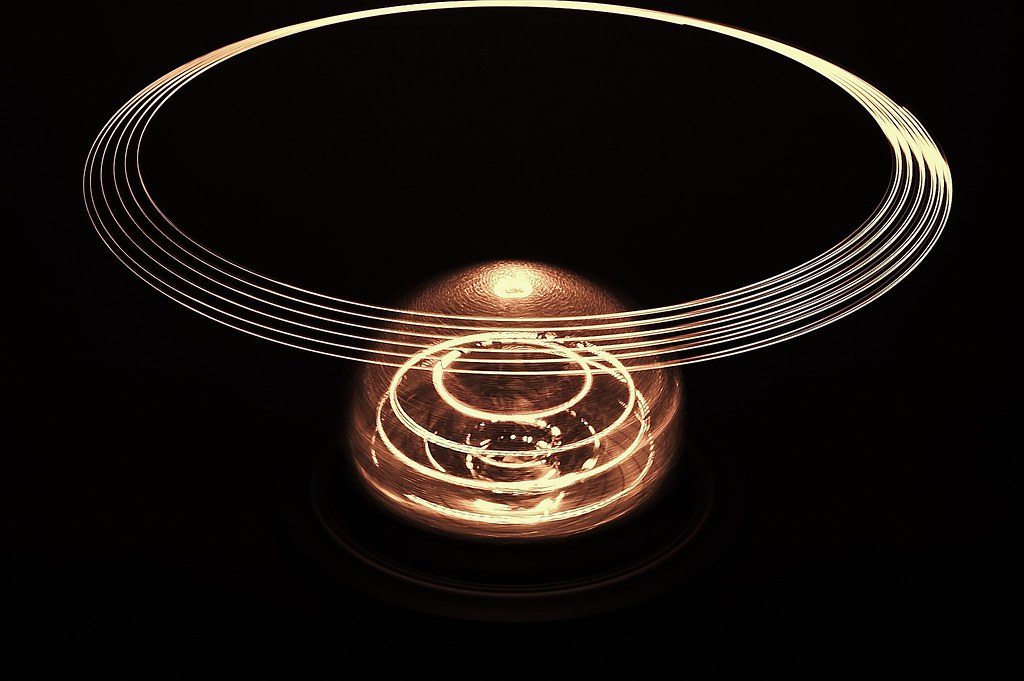In the world of clean energy, a historic breakthrough has been achieved. Nuclear fusion has been successfully replicated meaning that fusion energy is possible and could be the future. To give some context, nuclear fusion isn’t the same thing as the current nuclear energy production method. The current way we harness nuclear energy is through fission, dividing atoms and using it the energy they produce in that chemical reaction. While fission does produce massive amounts of clean energy, it does create radioactive waste, a byproduct that is very dangerous and difficult to dispose of. Fusion on the other hand provides more energy without creating the undesired toxic waste.
Nuclear fusion occurs when atoms are smashed together to form a denser atom and creates massive amounts of energy in the process. For context, the sun’s core is capable of nuclear fusion and is the reason why it creates so much heat. Obtaining the required temperature to break the forces separating atoms is a challenging task. In order to successfully fuse atoms, we need temperatures 10 times hotter than the sun. If we can successfully perfect nuclear fusion, fossil fuels are other forms of non-renewable energy that would become obsolete.
There are many ways to achieve fusion, but at NIF in California, scientists use hundreds of lasers to heat up atoms, create a series of very fast explosions, and generate large amounts of energy. This first replication was set on a small scare with hopes to scale up if it was successful. In December of 2022, fusion was achieved for a split second and created 3.15 megajoules. While this isn’t enough to power homes or cities, it does prove that laser fusion is possible.
Now in 2024, there has been tons of progress and global cooperation. In South Korea, their fusion reactor, KSTAR, created and sustained fusion for 48 seconds at 100,000,000 degrees Celsius. Due to the rapid progress and successful tests, Researchers and scientists remain optimistic that nuclear fusion is the future for clean energy,

